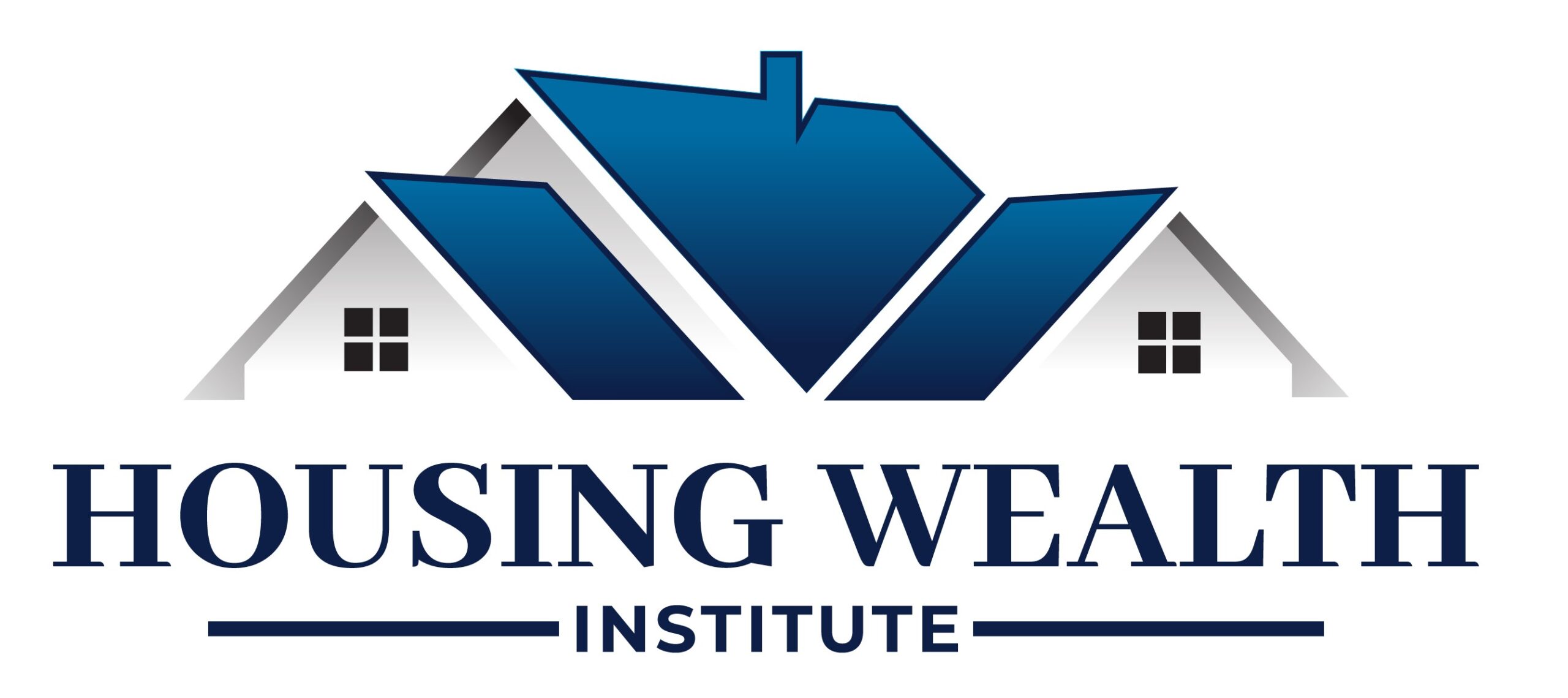A Tough Financial Crossroad for High-Net-Worth Clients
An experienced advisor came to me with a situation that’s becoming increasingly common.
His clients were a couple in their early 80s, living in a beautiful $2.5 million home. They still carried a $1 million mortgage, with monthly principal and interest payments of $8,500. They had no desire to move. Their income and savings were still strong for now, but it was clear the clock was ticking. Their income would soon taper off, and their savings were steadily being depleted.
The advisor recommended various strategies: cutting expenses, renting out a portion of the home through Airbnb, even tapping into family support. But none of the ideas gained traction with the couple or their adult children.
That’s when he suggested they look into a reverse mortgage and brought me into the conversation.
Exploring the Reverse Mortgage Option
I sat down with the family to explain how a reverse mortgage works.
At its core, a reverse mortgage allows older homeowners to access a portion of their home’s equity as tax-free funds, without making monthly mortgage payments or giving up ownership of the home.
It’s a planning tool, not just a last resort. And in cases like this one, it can free up significant cash flow without sacrificing lifestyle or legacy.
Note: The term “Proprietary Reverse Mortgage” refers to private reverse mortgage loans designed for high-value homes—typically those worth more than around $1.2 million.
Understanding How Reverse Mortgages Are Calculated
The amount of money available through a reverse mortgage is based on:
The age of the youngest borrower (or eligible non-borrowing spouse),
The home’s appraised value (up to a cap),
And current interest rates.
This is where the story takes a turn—and where the difference between a Standard FHA-insured HECM and a Proprietary Reverse Mortgage becomes critically important.
The Problem with the Standard HECM
The Standard HECM reverse mortgage has a maximum home value cap—$1,209,750 for 2025. Even though their home was worth $2.5 million, the system only recognized the first $1.2 million.
The result? This couple was eligible for about $600,000—not enough to pay off their $1 million existing mortgage, which is a requirement to close on any reverse mortgage.
Why the Proprietary Reverse Mortgage Was the Right Fit

With a Proprietary Reverse Mortgage, we were able to use the entire $2.5 million home value in the calculation.
That made a massive difference:
$1.3 million in total proceeds
$1 million used to pay off their current mortgage
$8,500/month in cash flow instantly freed up
$300,000 left in a growing line of credit (1.5% annual growth for 7 years)
The couple was thrilled. Their children were relieved. And the advisor became a hero for helping them preserve their lifestyle without sacrificing their legacy.
Key Differences Between the Two Programs
Here’s how the Standard FHA HECM and Proprietary Reverse Mortgage stack up:
| Feature | Standard FHA HECM | Proprietary Reverse Mortgage |
|---|---|---|
| Minimum Age | 62 | 55 |
| Max Home Value Used in Benefit Calculation | $1,209,750 | Up to $10 million |
| Line of Credit Growth | Perpetual (grows annually) | 1.5% annual growth (7 years) |
| Line of Credit Access Period | No end date – grows for life | 10 years |
| Typical Interest Rates | Lower (fixed & variable options) | Higher (fixed & variable options, typically 2–3% more) |
Learn More: Introducing the HomeSafe Second | A Smarter Reverse Mortgage
When to Consider a Proprietary Reverse Mortgage for Your Clients
Proprietary Reverse Mortgages are particularly useful for:
Clients with homes typically worth more than $1.2 million (though lower home values may qualify)
Retirees with larger mortgage balances who want to eliminate high monthly payments
Retirees looking to preserve cash flow and portfolio longevity
Families who want to stay in their home without financial strain
Eligibility Note: Proprietary Reverse Mortgages are available in most—but not all—states. Eligible properties typically include single-family homes, approved condos, and 2–4 unit residences (excluding co-ops). At least one borrower must occupy the home as their primary residence.
Let’s Have the Housing Wealth Conversation
If you’d like help evaluating whether a Standard or Proprietary reverse mortgage makes more sense for your clients—or if you’d like a copy of the comparison chart for your next planning meeting—reach out today.
I’m here to help you expand your conversations, protect your clients’ assets, and empower better retirement decisions.
What to Do When You Have a Client or a Case?
- Go to www.HousingWealthPro.com and request a Housing Wealth Illustration. Give Details in the “Notes” Section including the clients’ phone # if they would like a Housing Wealth Assessment. You can also
- Schedule a Time to Speak with Me: Click Here
Related Articles:
- Introducing the HomeSafe Second | A Smarter Reverse Mortgage
- 5 Profiles of the Modern Reverse Mortgage Borrower
- Squeezing the Juice Out of Retirement: Understanding the Four Psychological Phases of Retirement
The content of this blog is for financial advisors and professionals only and is not intended for consumer use. Names, cases, and scenarios are fictionalized for illustrative purposes. The opinions expressed here are those of the author alone and do not reflect the views of any affiliated entities or individuals. Don Graves, NMLS #142667.






